The top 10 lab articles of 2015
Dental Lab Products counts down its top 10 articles of 2015, as determined by readers.
2015 is nearly behind us. It's been a year filled with changes, innovations and, if our most-read articles are any indication, some really, really bad impressions!
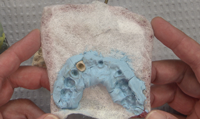
Over the following 10 pages, we're recapping the top 10 web stories that our readers loved this year. We put together this list based on how many times people read each article-so these are in this list becuase you clicked to tell us you liked them!
Click the button below to get started, and we hope you have a great rest of the year and a great 2016-and we hope there are some better impressions along the way!

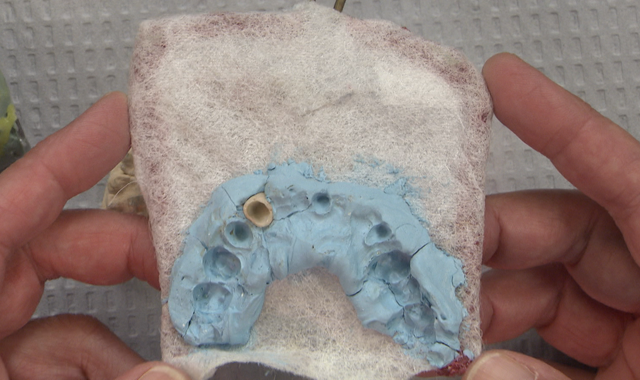
Talk to any group of dental technicians about their biggest work frustrations, and chances are, it won’t be long until people start talking about impressions.
If you work in a lab, you’ve already thought of an impression you saw you could scarcely believe-either for how poorly it had been done, how much discomfort it must have caused for the patient and just … how weird it was.
With that in mind, we wanted to hear stories from technicians who have seen it all-and hear their stories of the craziest impressions they’ve ever seen. Click here to find out what they told us.



Whether the millions of people who sit in a dentists’ chair each year know it or not, dental technicians are a key part of the workflow that gets restorations into their mouths. There are over 100,000 dentists in the United States-and yet, all of those implants, crowns, bridges, dentures and more come from only 35,320 dental technicians.
Those numbers are from the most recent report from the U.S. Bureau of Labor Statistics (and don’t reflect self-employed dental technicians, so the actual number is likely somewhat higher). The report drills down into some great data about the dental lab world. Want to know how much lab technicians make, on average? Want to know where most technicians call home? Want to know where dental technicians make the most? Click here to find out.


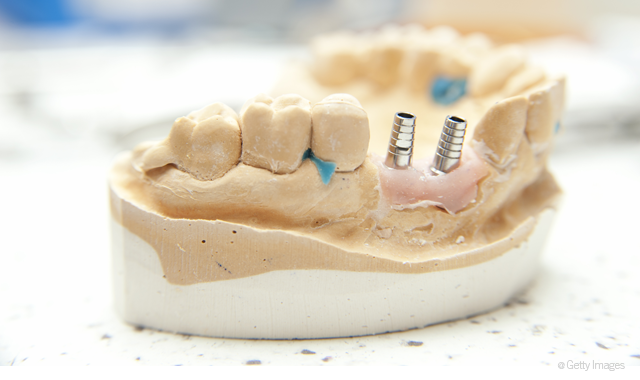
Dental implants are an ever-increasing business opportunity for dental professionals.
From custom abutments to surgical guides, there are more and more ways for labs and dentists to get involved in the implant business than ever before.
With that in mind, here are 10 implant trends you need to know.



During our annual pilgrimage to the California Dental Association spring session in Anaheim and Lab Day West in Garden Grove, Calif. in May 2015, some new products caught the eyes of our editorial team.
Here’s a look at those products, and a few of the things we liked about them … and why we think they might make a good addition to your practice or lab. Click here to check out all the products.



When you think about it, the process of creating a restoration is sort of a miracle. The fact that a piece of human anatomy can be replicated quickly and at reasonable expense is nothing short of astounding.
But when you add new technology and materials-like CAD/CAM and monolithics-producing better, faster, cheaper restorations becomes even more impressive.
It’s not really a miracle, though. It’s hard work between the clinician and the laboratory. To optimize the endeavors of both parties, they must be able to work together smoothly. So we asked some dentists: What do they want dental laboratories to know? Click here to find out what they told us.


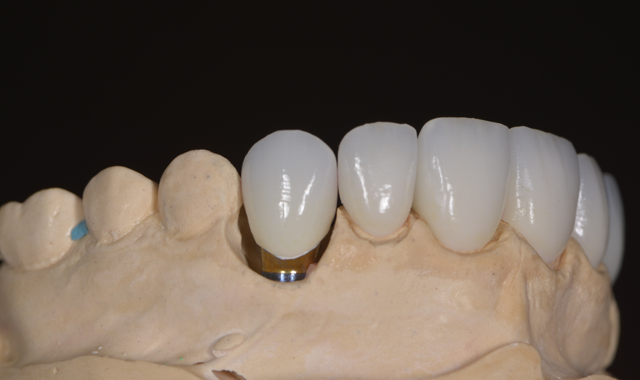
Taking a comprehensive approach to diagnosing esthetic cases proves an invaluable first step in comprehensively treatment planning even the most seemingly straight forward of cosmetic cases.1,2
Then, applying the necessary skills to evaluate the biological, structural, functional and esthetic factors that influence the smile and the oral health that supports and maintains it becomes equally important to ensure long-term predictability.3,4 Most significant, however, is coordinating communication among all members of the interdisciplinary team-including the laboratory ceramist-to coordinate treatment and ensure the selection and use of the most appropriate materials and restorative designs. Click here to go step-by-step with this technique.



This case study involves a patient in her mid-30s and will demonstrate a layering technique for matching a single anterior tooth. The patient is a teacher who had concerns about public speaking because she was self-conscious about her smile. Knowing this, the dentist gave the case to the author to provide the patient with the best possible restoration where her color and fit was concerned.
Matching a single anterior tooth is the hardest job a technician can be given, as we all know, and this case was no exception. An important question the author had for the patient was which tooth she wanted him to match. She asked that he match the color on central No. 9 as closely as possible and indicated Nos. 7 and 10 were going to be restored in the future. Click here to read the full step-by-step technique.


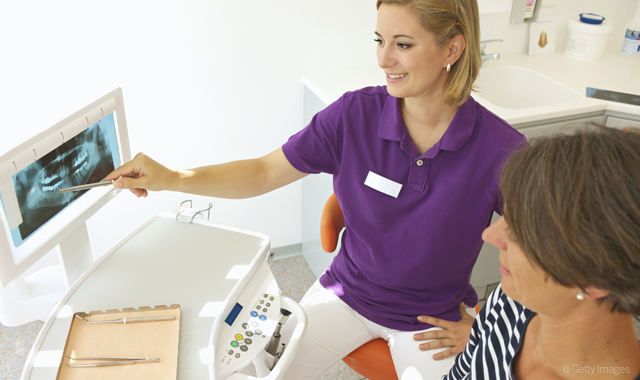
The first time you bought a computer, terms like server, gigabyte and RAM (among others) were probably somewhat befuddling. Every technological thingamajig has its own vocabulary and concepts, which can be confusing to those new to the device.
Dental imaging has its own terms and concepts that might be stumbling blocks for those considering a foray into the world of CAD/CAM.
Dental imaging is the first stop in a CAD/CAM solution-it is the place where the dental anatomy is captured by a scanner-either directly from the patient’s mouth by the dentist or from a model in the lab-and put into the computer for manipulation by design software, ultimately to be manufactured on a mill or 3D printer. Learn 9 things you need to know about digital imaging by clicking here.


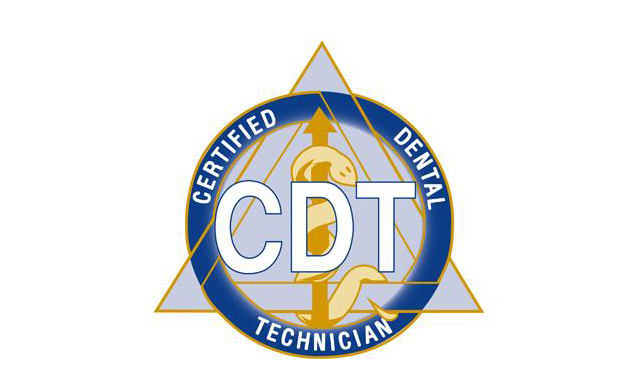
Earning a certification in one’s career seems like a surefire way to secure trust and respect, and be viewed as a skilled professional. For dental lab technicians, a Certified Dental Technician (CDT) certification from the National Board of Certification in Dental Laboratory Technology is usually seen as a mark of achievement.
However, not everyone agrees that certification is necessary to prove one’s worth. There are those who believe that a CDT is not worth the time, effort, or money. So does certification even matter for dental technicians? Find out here.



When you go through the training to learn the nuts and bolts of a new computer-aided design (CAD) system, in theory, you’ve learned what you need to start creating great restorations. But knowledge doesn’t stop there. To flourish as a CAD technician, learning must be an ongoing practice, and you can develop your craft-be it when you are stymied with a case or just want to be a better designer.
We talked to dental lab industry leaders to get their best tips for improving your CAD design efforts. Find out what they told us by clicking here.

Product Bites – January 19, 2024
January 19th 2024Product Bites makes sure you don't miss the next innovation for your practice. This week's Product Bites podcast features new launches from Adravision, Formlabs, Owandy Radiology, Henry Schein Orthodontics, Dental Creations, and Dental Blue Box. [5 Minutes]
Product Bites – December 22, 2023
December 22nd 2023The weekly new products podcast from Dental Products Report is back. With a quick look at all of the newest dental product launches, Product Bites makes sure you don't miss the next innovation for your practice. This week's Product Bites podcast features updated software from Medit. [2 Minutes]
Oral Health Pavilion at HLTH 2024 Highlighted Links Between Dental and General Health
November 4th 2024At HLTH 2024, CareQuest, Colgate-Palmolive, Henry Schein, and PDS Health launched an Oral Health Pavilion to showcase how integrating oral and general health can improve patient outcomes and reduce costs.